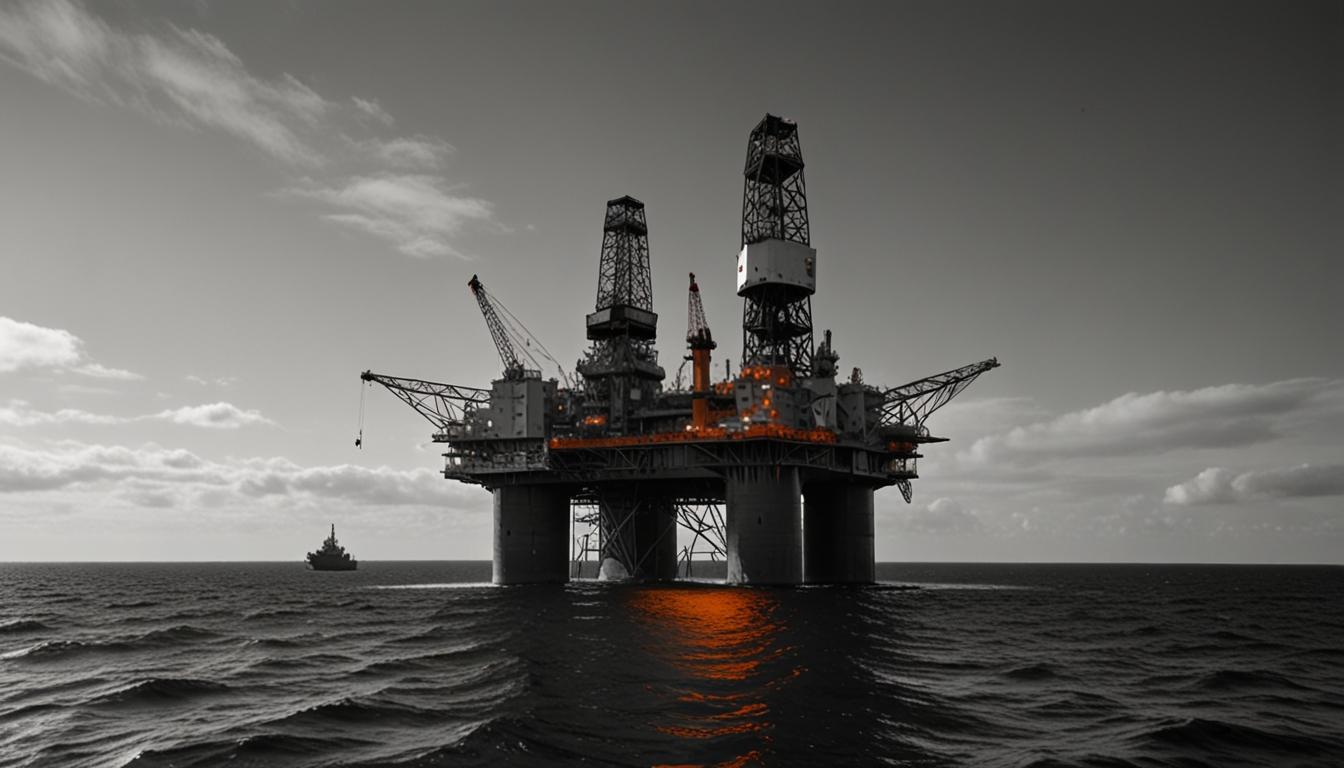Harbour Energy posts £337 million profit as fossil fuel prices decline; Iran’s exports reach 5-year high despite sanctions, facing revenue challenges.
Harbour Energy Reports Profit of £337m Despite Falling Fossil Fuel Prices
Harbour Energy, the largest oil and gas producer in the UK’s North Sea, announced a profit of £337 million for the first half of 2023. This represents a decrease from the previous year’s pre-tax profit of £1.2 billion. The company attributed the decline to reduced prices of fossil fuels, particularly natural gas in the UK. The average price of crude oil sold by Harbour dropped from $82 per barrel in early 2022 to $76 per barrel in the same period of this year, while the price of gas fell from 69p to 58p per therm.
Harbour’s tax bill for the first half of 2023 was £344 million, lower than before the implementation of the windfall tax despite the company previously claiming that the tax had nearly wiped out its profits. Production rates also saw a decline, falling from 211,000 to 196,000 barrels of oil equivalent per day, with an expected further drop due to drilling delays. The company projects a daily production rate of between 185,000 and 195,000 barrels for 2023.
CEO Linda Cook emphasized Harbour’s focus on maximizing the value of its UK portfolio, advancing organic development projects, and disciplined capital allocation. She also highlighted ongoing strategic investments in Indonesia, Mexico, and carbon capture and storage (CCS) projects.
Iran’s Oil Exports Reach 5-Year High Amid Sanctions
In May 2024, Iran’s crude oil and gas condensate exports surged to 1.7 million barrels per day, the highest since full US sanctions were imposed in May 2019. Data from oil analytics firm Vortexa revealed that average exports in the first five months of 2024 were 1.65 million barrels per day. Iran’s oil revenues increased by 34.8% year-on-year to $12 billion in the first quarter of the Iranian fiscal year, which began on March 21.
Oil exports from Iran increased by 30% in the second quarter of 2024 compared to the previous spring, with oil prices rising by 7% in the same period. A cloak of secrecy surrounds many of these transactions, with the United Against Nuclear Iran (UANI) identifying 383 vessels allegedly part of a “ghost fleet” used to bypass sanctions.
Despite the rise in exports, Iran’s revenue fell short of expectations, garnering $12 billion against a potential $14.5 billion. The shortfall has been attributed to lower selling prices to secure buyers willing to navigate the complexities of US sanctions.
Domestically, Iran faced a devaluation crisis with its national currency, the rial, trading around 600,000 per US dollar, a significant drop from 40,000 per dollar in early 2018. Political instability and economic mismanagement have exacerbated the situation, causing inflation to rise to nearly 50%.
The electoral race and economic uncertainties have fueled public dissatisfaction, with shortages of foreign currencies impacting importers of consumer and industrial goods. Critics argue that despite increased oil exports, the country struggles with a lack of hard currencies, partly because payments from major buyers like China may involve barter arrangements rather than cash.
